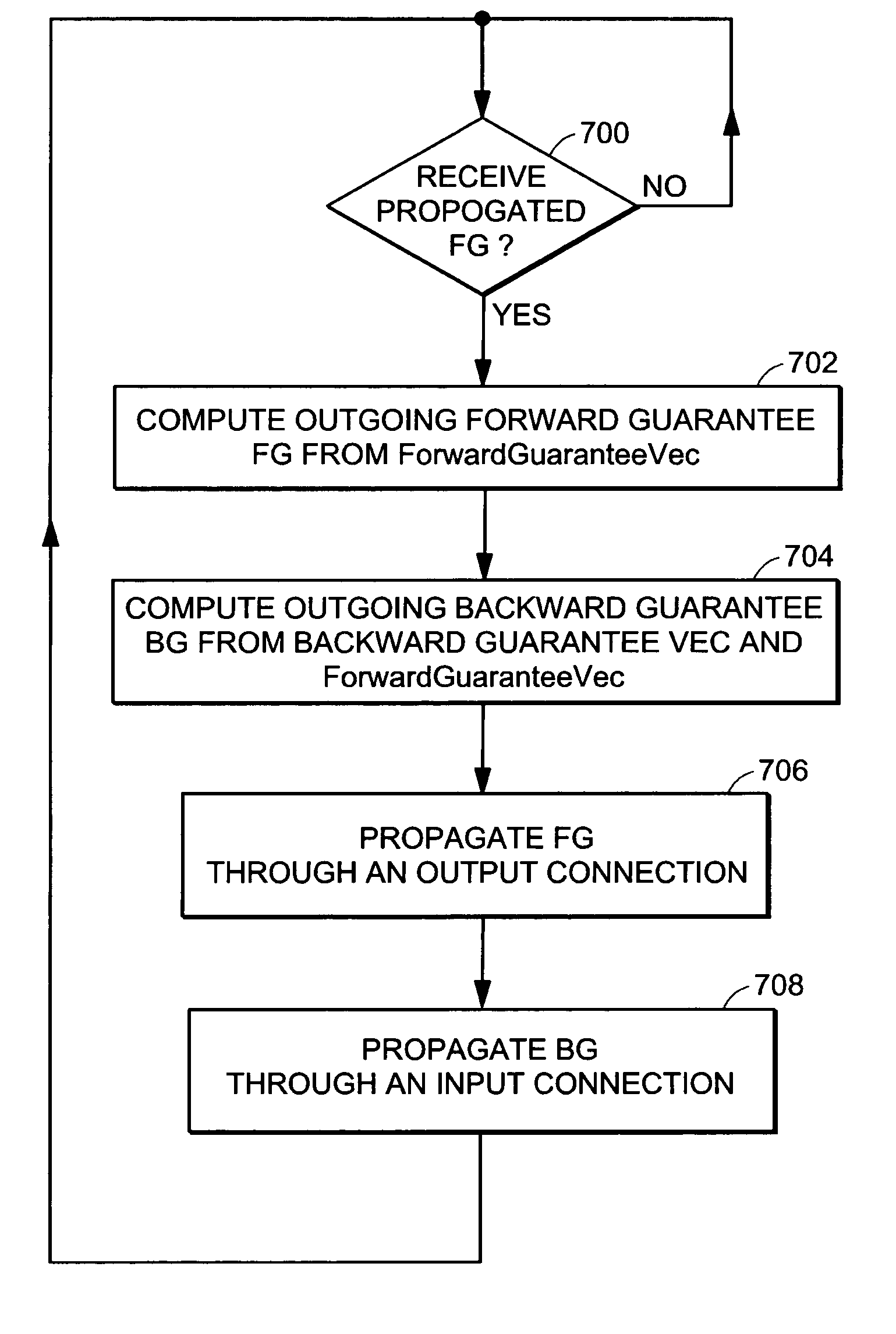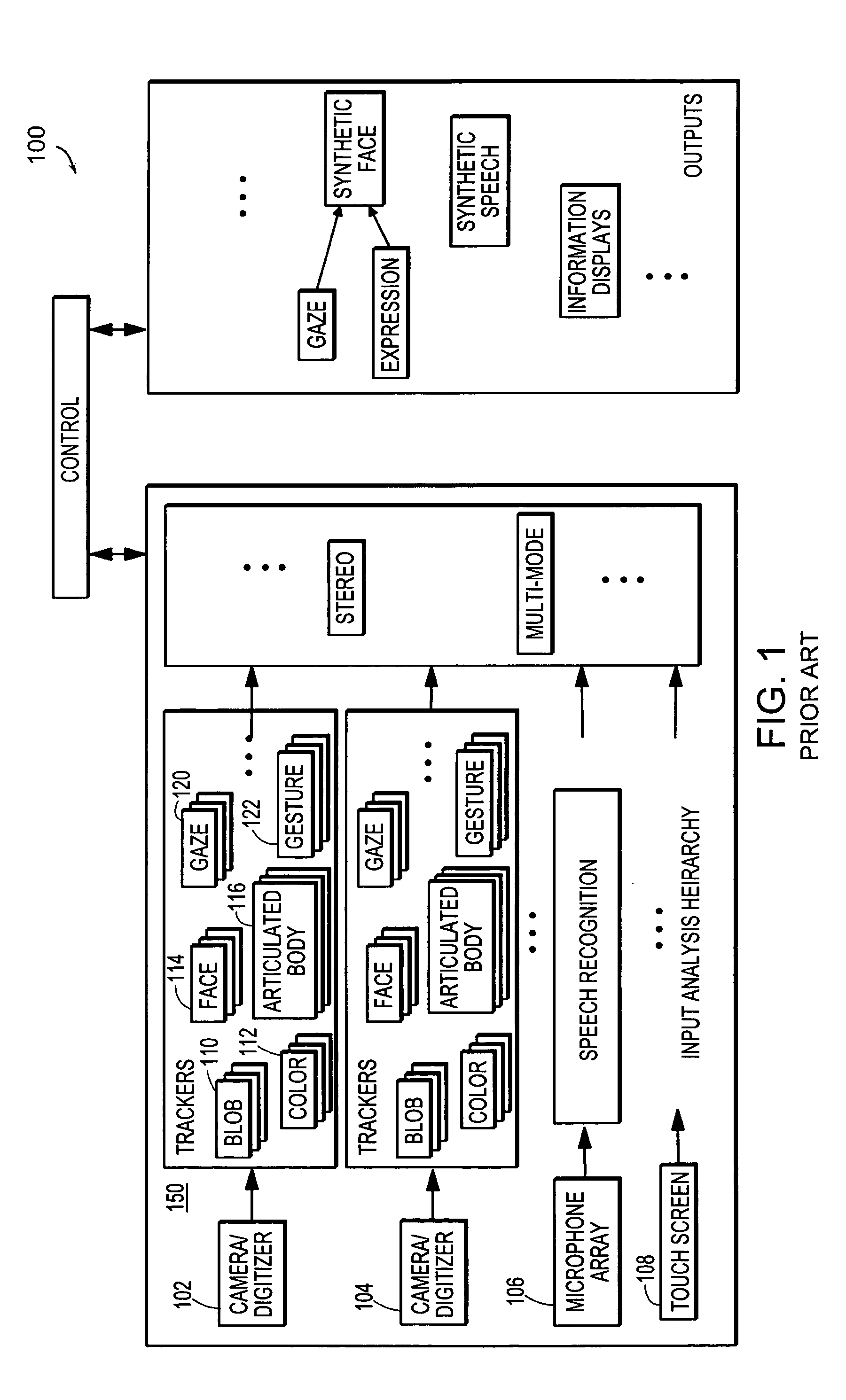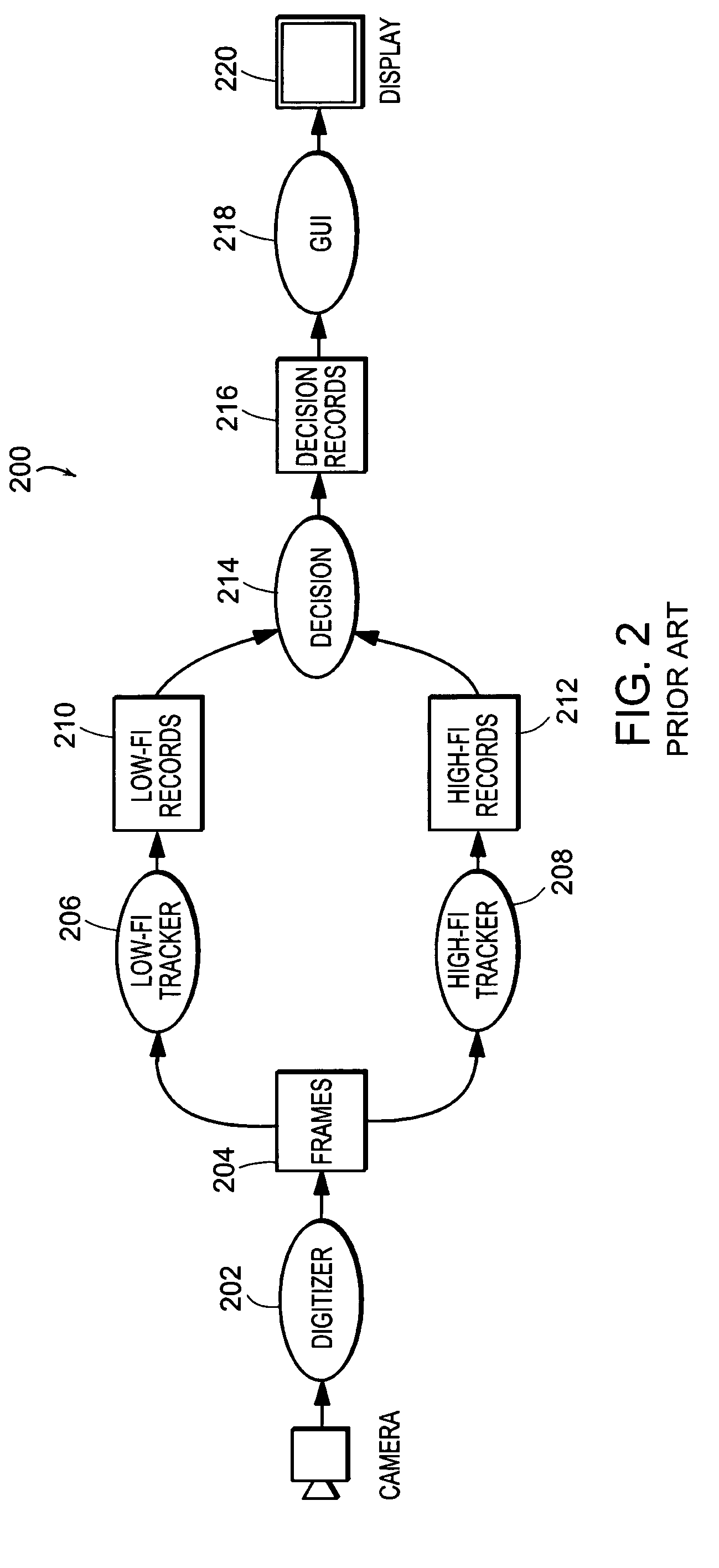Dead timestamp identification and elimination
a technology of time stamps and identification marks, applied in the field of dead time stamp identification and elimination, can solve the problems of increasing the sophistication of computations performed on data, taking more time to be performed, and data sets becoming temporally sparser and sparser
- Summary
- Abstract
- Description
- Claims
- Application Information
AI Technical Summary
Benefits of technology
Problems solved by technology
Method used
Image
Examples
Embodiment Construction
[0022]A description of preferred embodiments of the invention follows:
[0023]FIG. 3 is a block diagram of a computer system 300 for executing an application 318 which collects garbage and eliminates unnecessary computations according to the principles of the present invention. Included in the computer system 300 are at least one Central Processing Unit (“CPU”) module 308, a memory system 306 and a system bus interface 310 connected by a processor bus 312. The CPU module 308 includes a processor (not shown). The system bus interface 310 is further connected to an Input / Output (“I / O”) system 304 by a system bus 314. An external storage device 316 is connected to the I / O system 304. The application 318 which collects garbage and eliminates unnecessary computations according to the principles of the present invention is stored in the storage device 316 and also stored in the memory system 306. The application 318 is a constrained dynamic application. For example, the constrained dynamic ...
PUM
 Login to View More
Login to View More Abstract
Description
Claims
Application Information
 Login to View More
Login to View More - R&D
- Intellectual Property
- Life Sciences
- Materials
- Tech Scout
- Unparalleled Data Quality
- Higher Quality Content
- 60% Fewer Hallucinations
Browse by: Latest US Patents, China's latest patents, Technical Efficacy Thesaurus, Application Domain, Technology Topic, Popular Technical Reports.
© 2025 PatSnap. All rights reserved.Legal|Privacy policy|Modern Slavery Act Transparency Statement|Sitemap|About US| Contact US: help@patsnap.com



